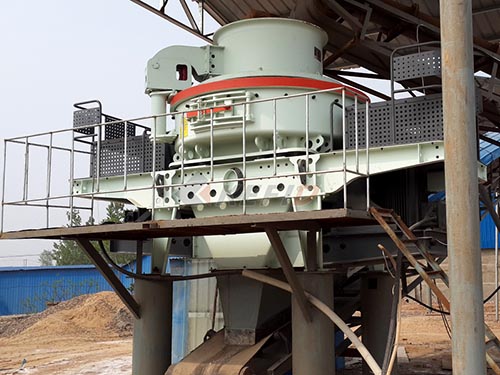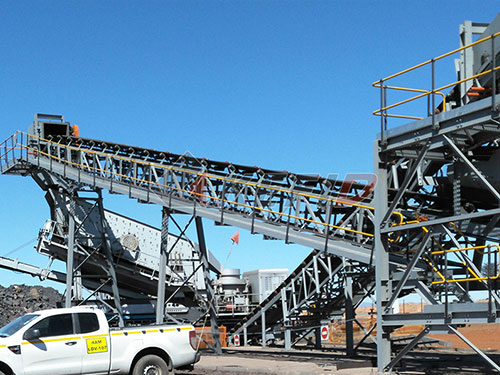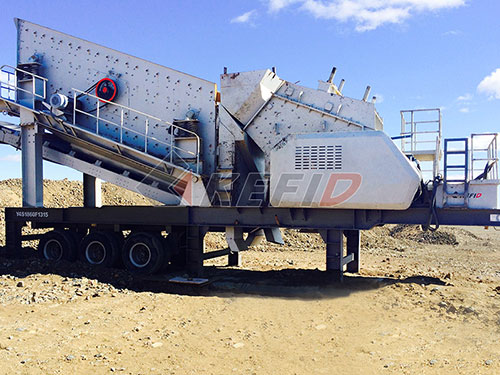Beyond the Price Tag: Strategic Considerations for Trio TC-1048 Jaw Crusher Liners in Angola’s Mining Sector
Angola, a nation endowed with vast mineral wealth including diamonds, iron ore, copper, gold, and burgeoning critical mineral deposits, stands at a pivotal point in its economic development. The revitalization and expansion of its mining sector are central to this growth trajectory. As operations scale up to meet global demand and maximize domestic resource potential, the efficiency and reliability of core processing equipment become paramount. Among these critical assets, jaw crushers serve as the primary workhorses for size reduction. The Trio® TC Series 1048 jaw crusher is a robust and widely utilized model in such demanding environments. However, the true cost of operation extends far beyond the initial crusher purchase or even the list price of its consumable components – particularly the liners (jaw dies). For Angolan mining operations seeking sustainable productivity and profitability, understanding the strategic landscape surrounding Trio TC-1048 liners is essential.

The Indispensable Role of Jaw Crushers and Their Liners
Jaw crushers like the Trio TC-1048 are fundamental to mineral processing circuits. They perform the critical first stage of size reduction, breaking down large run-of-mine (ROM) material into manageable fragments suitable for subsequent crushing or grinding stages. Their robust design makes them ideal for handling hard, abrasive ores typical in many Angolan deposits.
The liners (fixed and movable jaw dies) are the sacrificial surfaces within the crushing chamber that directly engage with and fracture the rock. They bear the brunt of immense compressive forces and severe abrasion. Consequently:
1. Liner Wear is Inevitable: Continuous impact and grinding action cause liner material to wear down over time.
2. Wear Impacts Performance: As liners wear, several critical performance metrics deteriorate:
Product Size & Shape: Worn liners can lead to larger product sizes (reducing downstream efficiency) and poorer particle shape (affecting recovery rates).
Throughput Capacity: Reduced crushing chamber volume due to liner wear can significantly decrease crusher throughput.

Power Consumption: Worn profiles often force the crusher to work harder to achieve the same size reduction, increasing energy costs.
Mechanical Stress: Abnormal wear patterns can induce undue stress on crusher components like bearings and frames.
3. Liner Replacement is a Core Maintenance Activity: Regular liner changes are

Leave a Reply